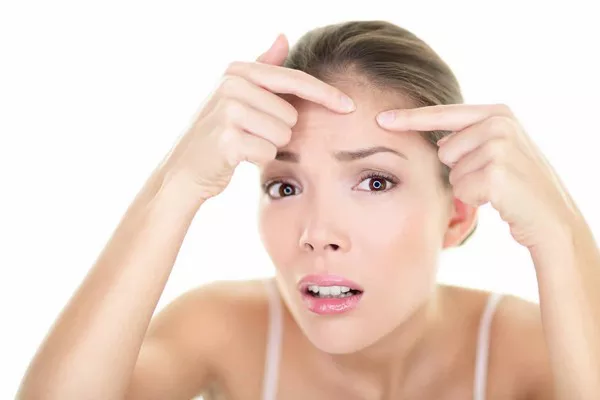Scars are a natural part of the body’s healing process, and their appearance can vary widely. Many individuals wonder how long it takes for scars to fade away and regain a more subtle and less noticeable appearance. The duration for scars to fade depends on various factors, such as the type and severity of the wound, individual healing characteristics, and proper scar management. In this article, we will explore the timeline of scar healing, factors that influence scar fading, and effective strategies to promote the fading process. By understanding the intricacies of scar healing, individuals can set realistic expectations and take proactive steps towards achieving optimal scar appearance.
1. The Stages of Scar Healing
Scar healing occurs in distinct stages, and understanding these stages provides insights into the overall timeline of scar fading. The initial stage, known as the inflammatory phase, involves inflammation, redness, and swelling. Next, the proliferative phase occurs, where new blood vessels form and collagen production increases. Finally, the remodeling phase takes place, during which collagen fibers reorganize and the scar becomes less noticeable. The duration of each phase can vary depending on individual factors and the type of scar.
2. Factors Affecting Scar Fading
Several factors influence how quickly scars fade and their eventual appearance. The location of the scar plays a role, as areas with more movement and tension, such as joints, may take longer to fade. The depth and size of the wound also impact scar fading, with deeper wounds typically resulting in more prominent scars. Additionally, genetics, age, and overall health can influence scar healing and fading. Proper wound care, scar management techniques, and a healthy lifestyle contribute to optimal scar fading.
3. Scar Management Techniques
Implementing effective scar management techniques can help accelerate the fading process and improve the overall appearance of scars. These techniques include:
a) Wound care: Proper wound care during the initial healing phase is crucial. Keeping the wound clean, moist, and protected helps create an optimal environment for scar healing.
b) Silicone sheets or gels: Applying silicone sheets or gels to the scar can help hydrate the skin, flatten the scar, and reduce redness. These products create a protective barrier and promote collagen synthesis.
c) Massage therapy: Gentle massaging of the scar can improve blood circulation, break down scar tissue, and promote collagen remodeling. This technique is especially effective for raised or hypertrophic scars.
d) Sun protection: Protecting scars from sun exposure is essential, as UV radiation can darken scars and impede the fading process. Apply sunscreen or cover scars with clothing or bandages when exposed to the sun.
e) Dermatological treatments: In certain cases, dermatological treatments like laser therapy, microneedling, or steroid injections may be recommended to promote scar fading, especially for more pronounced or resistant scars.
4. You Need Patience
Patience is key when it comes to scar fading, as it is a gradual process that can take months to years. Every individual’s healing journey is unique, and the final appearance of scars may vary. It is important to have realistic expectations and understand that complete disappearance of scars is unlikely. However, with consistent scar management techniques and proper care, significant improvements in scar appearance can be achieved.
Conclusion
The duration for scars to fade away varies depending on individual factors, scar characteristics, and scar management strategies. Understanding the stages of scar healing, factors influencing scar fading, and implementing effective scar management techniques empower individuals to take proactive steps in optimizing scar appearance. While complete scar disappearance is not always possible, significant improvements can be achieved with patience, proper wound care, and scar management. Consulting with healthcare professionals or dermatologists can provide personalized guidance and enhance the scar fading journey.


